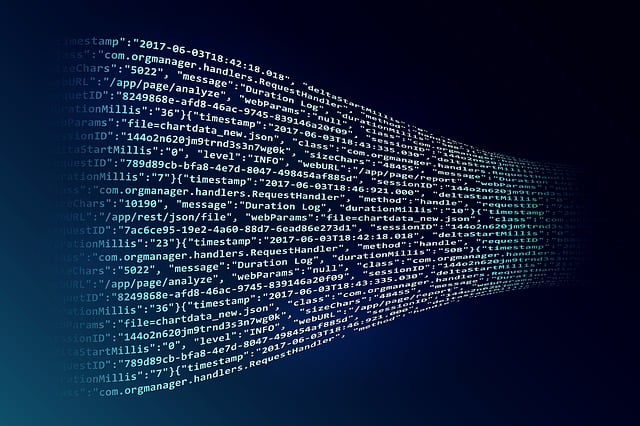
The Quiet Rise of AI-driven Data Poisoning in Cybersecurity Attacks
In an evolving cybersecurity landscape where protection measures advance swiftly, so do the sophistication of attacks. Organizations are now facing an under-the-radar yet increasingly serious threat — AI-driven data poisoning. As businesses and industries harness AI and cloud-based machine learning models for their operations, this weak signal of change could hold disruptive potential as perpetrators develop more advanced techniques to manipulate and undermine systems.
16 February 2024
Tags:
ai terrorism, artificial intelligence, terrorism, cybersecurity
Introduction
The use of AI in cybersecurity has been largely centered around defending digital assets and infrastructure. However, a less-discussed aspect is the emergence of AI in the hands of adversaries, where machine learning models themselves become the targets. Data poisoning attacks are not new, but the fusion of AI into this domain presents a novel and potentially seismic challenge for cybersecurity in multiple spheres, from finance to national security.
What's Changing?
The potential for disruption in the cybersecurity domain is evident through several signals of change:
-
Experts have identified data poisoning of cloud-based machine learning models as an emerging threat that is anticipated to grow in significance. This technique involves injecting corrupted training data to manipulate the behavior of AI systems.
-
Concurrently, tailor-made worms that exploit cloud technologies have also been flagged as an oncoming risk, which could compound the issues presented by data poisoning.
-
As the reliance on AI for operational tasks increases, with tools like AI Skills Mapping becoming more prevalent, the potential for AI-driven attacks to significantly disrupt business operations grows.
This convergence of AI and cybersecurity threats is creating a new, complex landscape for the future of industry security protocols.
Why is this Important?
AI-driven data poisoning represents a methodical and subtle form of cyber attack that can deeply impact numerous sectors:
-
In the financial sector, data integrity is paramount. Reinforced by findings in machine learning credit risk estimation techniques, if data poisoning affects financial models, it might lead to faulty risk assessments and substantial monetary losses (SpringerLink).
-
On a geopolitical scale, the potential for AI-driven cybersecurity attacks could affect strategic decisions and national security measures. For instance, adversaries could use data poisoning to manipulate defense systems or disrupt supply chain operations much like how maritime trade has faced rerouting around global chokepoints (MarketScreener, MarketScreener).
Hence, understanding and mitigating the risks associated with AI-driven data poisoning attacks is crucial for maintaining the security and integrity of AI systems that are becoming integral to modern operations.
Implications
The rise of AI-driven data poisoning as a cybersecurity threat has multiple implications:
-
There is an urgent need for robust countermeasures against data poisoning, which may involve new defensive AI algorithms that can detect and isolate compromised data.
-
Organizations will need to reassess their data collection and management practices to ensure that their AI models are trained on secure and verifiable data sets.
-
A potential increase in cybersecurity-related regulatory requirements might emerge, compelling organizations to provide assurances regarding the resilience of their AI systems against these types of attacks.
Questions
Strategic planners and cybersecurity experts should consider the following:
-
How can organizations detect early signs of data poisoning within their AI systems?
-
What contingency plans should be in place if their AI-driven systems are compromised?
-
How can AI itself be leveraged to protect against AI-driven attacks?
-
Should there be an industry-wide protocol for sharing information about detected AI-driven threats?
Summary
As we stand on the brink of widespread AI implementation in various industries, the double-edged nature of AI in cybersecurity becomes more apparent. While AI can fortify defense mechanisms, it also opens up new vulnerabilities such as data poisoning, which could have far-reaching consequences. Acknowledging and preparing for this threat could be the key to maintaining not just cybersecurity but the sanctity of the digital future itself.
Bibliography
Sources:
-
Independent Newspaper Nigeria - Cybersecurity Trends to Watch in 2024
-
MarketScreener - Oil Transport Disruptions Boost Tanker Firm Euronav's Profits
Image by Reto Scheiwiller from Pixabay